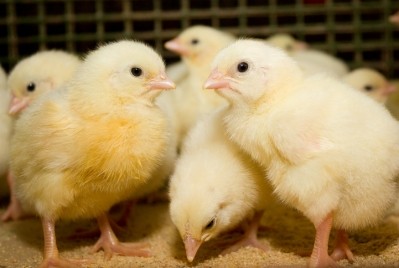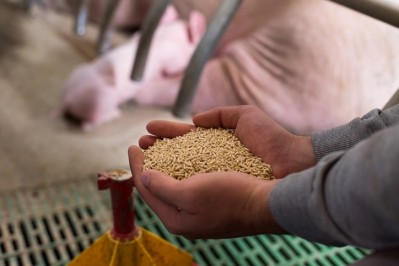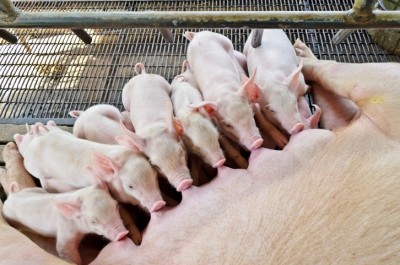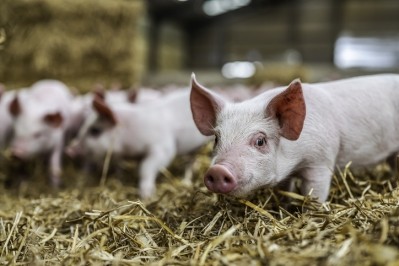YAN20 tracked science-based innovation aimed at optimizing young animal diets
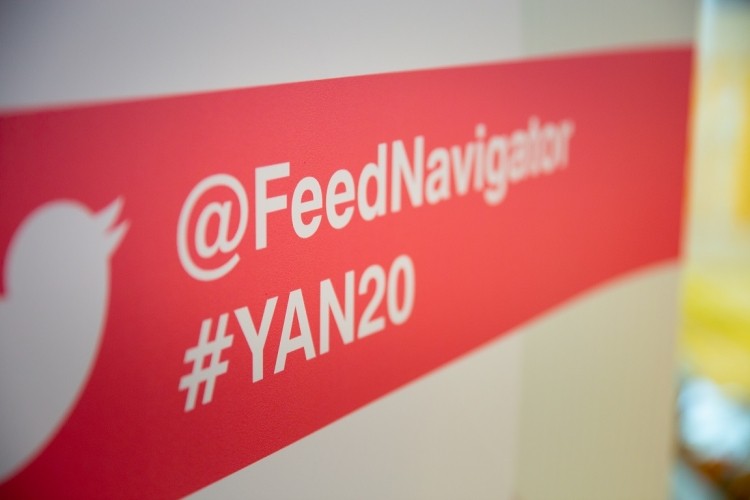
Delegates were told that farmers are eager to support innovative feeding concepts at this life stage, in other words, they are willing to pay more for feeds targeting piglets and young birds.
However, presenters stressed that, as opposed to that of pigs, the lifecycle of the broiler is short, so producers really have to act in the first five days of a broiler chick’s life - if they don’t take advantage of the pre-starter phase, they are never going to catch up.
Check out the Young Animal Nutrition 2020 (YAN 20) highlights video.
Kinetic profiling
Nutrition needs to be adapted to the age of the animal, the audience was told. Nutritionists can understand with greater precision the amount of nutrients that pigs, for example, get from their feed using a system based on kinetic profiling of raw materials.
Kinetic profiling classifies the protein, starch and fiber content of various raw materials into fast, slow and indigestible parts. Knowing how much protein and starch is digested in the stomach and small intestine, and the final amount of protein and starch that is ultimately undigested in the large intestine is critical for a nutritionist, delegates heard. In the large intestine, undigested starch and protein can become a food source for pathogens such as E. coli and streptococci.
Feed structure
We also see there is interest in exploring the benefits of moist feed for broiler chicks, and in looking at coarser diets for piglets, with calls for structure to be built into pelleted diets for young pigs.
It seems that perceptions are changing around the use of fiber in piglet rations as well.
Gut health
We were told that there is increasing focus now on the role that feeding before weaning can play in terms of developing piglet gut microbiota and intestinal development and also in preparing the young animal for weaning.
The industry is learning more and more about the development of the animal and the gastrointestinal (GI) system pre-weaning, and how it can be manipulated through interventions in terms of feed, feed additives and early colonization of the gut.
That said, delegates heard that while the industry is trying to steer the development of the gut microbiome, the composition and functionality of a healthy microbial ecosystem in monogastric animals has yet to be qualitatively and quantitatively defined.
The future of young animal feeds
We see that transgenerational nutrition can have an impact on progeny performance and gut health but there is much to learn and explore in this field of research.
Some presenters were also forecasting that predictive data, technology that links performance on farm back to the feed mill and informs feed processing parameters, will transform how young animals are fed in the future.
